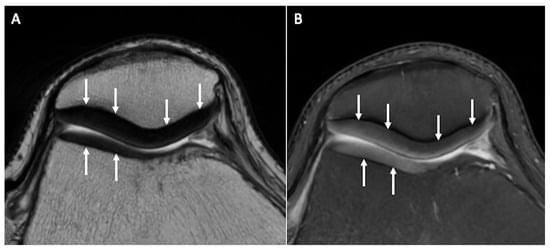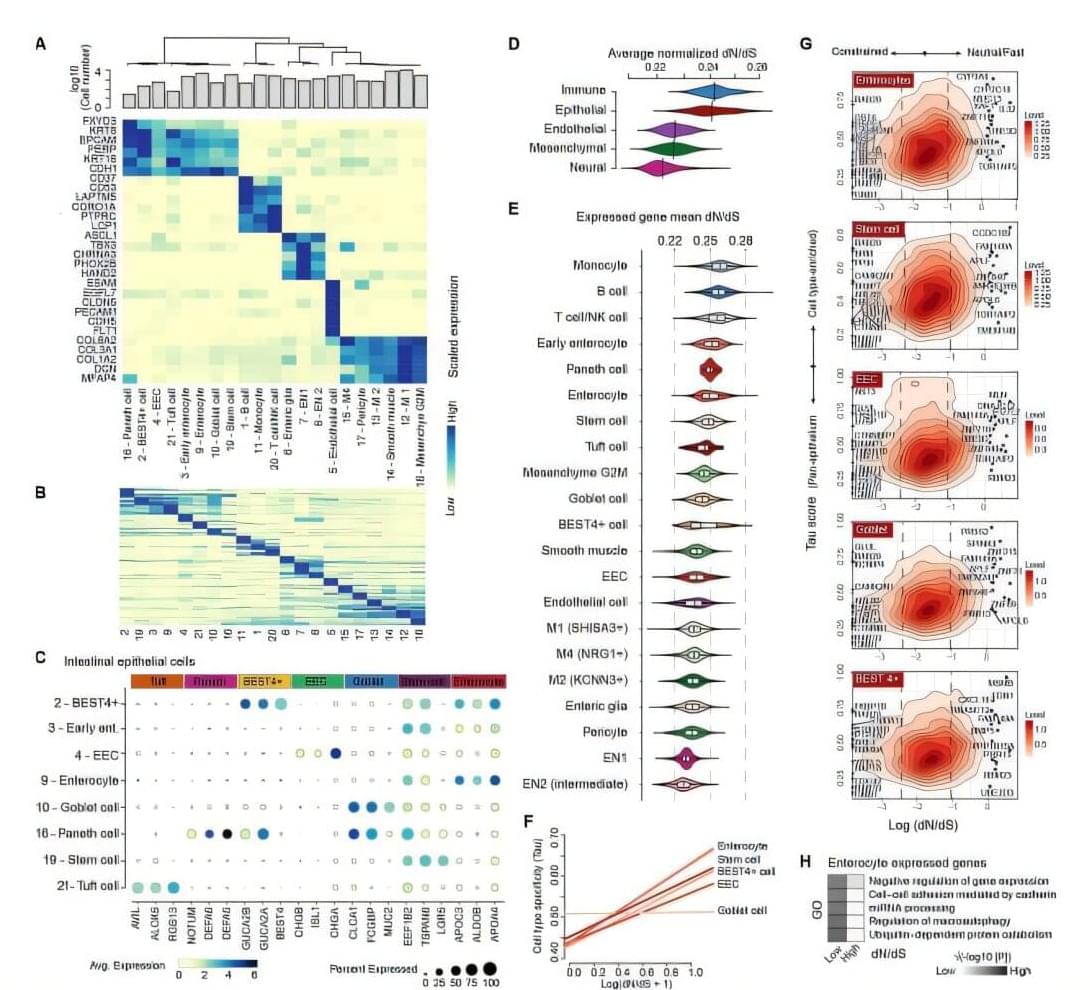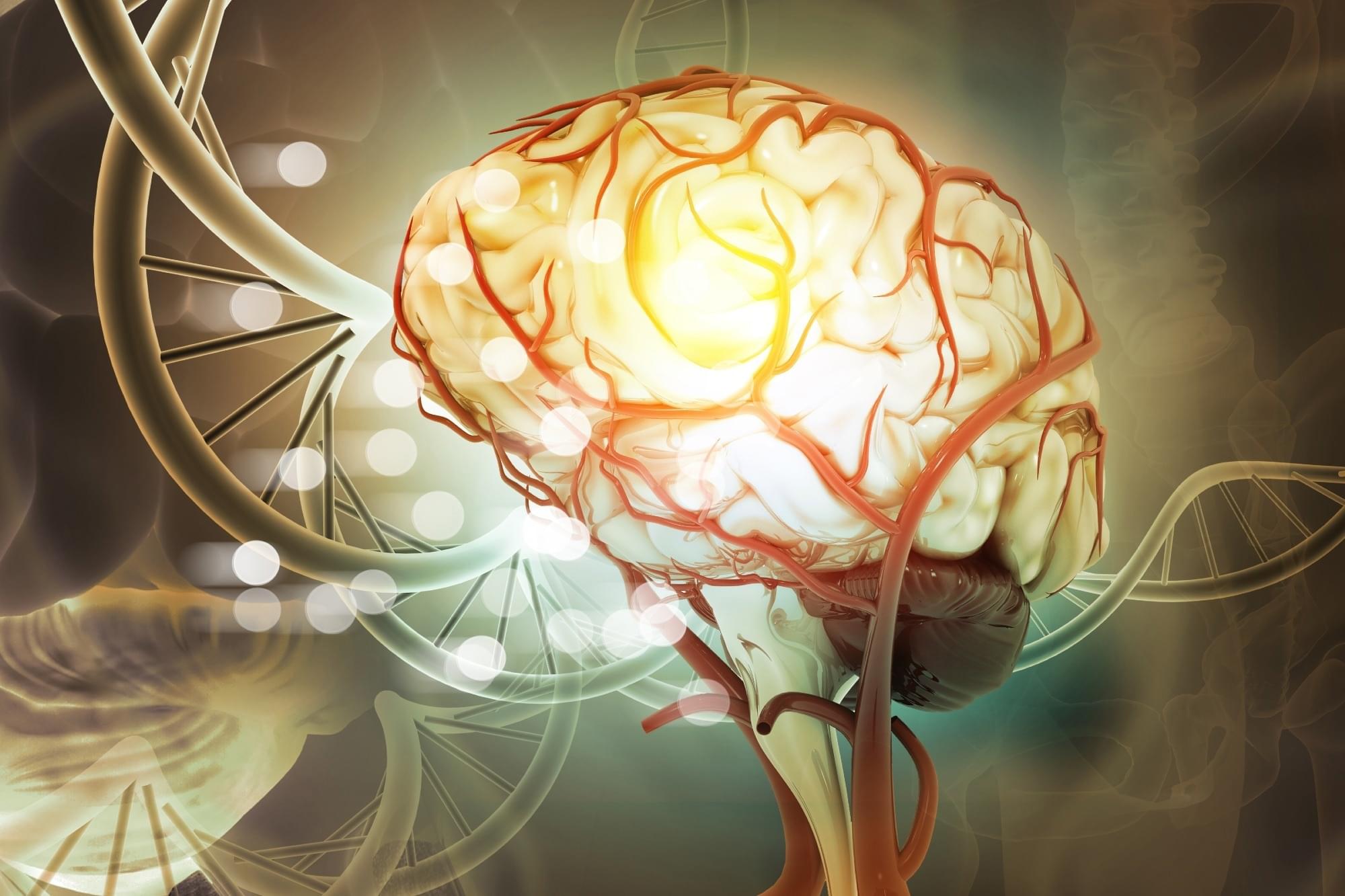Researchers from China and us create shape shifting robot:
In a scene straight out of science fiction, researchers from China and the U.S. have developed a shape-shifting robot made from magnetically responsive liquid metal that can melt, flow, escape confinement, and reassemble itself—all on command.
Inspired by sea cucumbers and powered by gallium, a metal with a melting point just above room temperature, the robot can switch between solid and liquid states using magnetic fields. During tests, it was able to melt, escape from a prison-like cage, and then re-solidify into its original form—without losing function.
Unlike traditional rigid robots, this breakthrough allows machines to:
* Navigate tight or complex spaces * Heal themselves or split apart to avoid damage * Perform surgical tasks inside the human body without invasive procedures * Transition between tool-like solidity and liquid flexibility.
The magnetic fields not only induce the phase change but also control movement, making the robot swim, climb walls, and even jump. Researchers envision future uses in minimally invasive medicine, like removing foreign objects from internal organs, or in electronic assembly, where the robot could flow into hard-to-reach places and form circuits.








